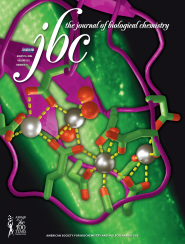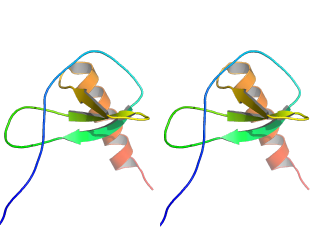Difference between revisions of "Main Page"
Jump to navigation
Jump to search
(v1.8.6) |
|||
| Line 28: | Line 28: | ||
{| class="jtable" style="float: left; width: 90%;" | {| class="jtable" style="float: left; width: 90%;" | ||
|+ style="font-size: 1.4em; font-weight: bold; text-align:left; border-bottom: 2px solid #6678b1;" | News & Updates | |+ style="font-size: 1.4em; font-weight: bold; text-align:left; border-bottom: 2px solid #6678b1;" | News & Updates | ||
| + | |- | ||
| + | ! Official Release | ||
| + | | [http://pymol.org PyMOL v1.8.6 has been released] on March 9, 2017. | ||
|- | |- | ||
! Official Release | ! Official Release | ||
Revision as of 14:53, 9 March 2017
| The community-run support site for the PyMOL molecular viewer. |
| To request a new account, email SBGrid at: accounts (@) sbgrid dot org |
| Tutorials | Table of Contents | Commands |
| Script Library | Plugins | FAQ |
| Gallery | Covers | PyMOL Cheat Sheet (PDF) | Getting Help |
|
|
 A Random PyMOL-generated Cover. See Covers.
|

